Upcoming Events More »
There are no upcoming events at this time.-
Recent Blog Posts More »
-
Op-Ed – Dual-Use Research: Is it possible to protect the public without encroaching rights?
T. Tosin Fadeyi, Master’s Candidate, Biotechnology (Biodefense and Biosecurity Concentration), University of Maryland Read More »
-
Book Review: Bioinsecurity and Vulnerability
Reviewed by T. Tosin Fadeyi Edited by Nancy N. Chen and Lesley A. Read More »
-
Op-Ed – Microbial Forensic Attribution: Where Science Meets International Relations
Christopher A. Bidwell, JD, Senior Fellow for Nonproliferation Law and Policy, Federation of American Read More »
-
Op-Ed – Science Needs for Microbial Forensics: Developing Initial International Research Priorities
Committee on Science Needs Microbial Forensics: Developing an Initial International Roadmap, Board on Read More »
-
Op-Ed – A Necessary Biopreparedness Priority: Strengthening the Medical Countermeasures Enterprise
Christina England, Master’s Candidate, Security Policy, University of Maryland School of Public Policy; Read More »
-
About Virtual Biosecurity Center
The Virtual Biosecurity Center (VBC) is a global multi-organizational initiative spearheaded by the Federation of American Scientists (FAS) committed to countering the threat posed by the development or use of biological weapons and the responsible use of science and technology. The VBC is the ‘one stop shop’ for biosecurity information, education, best practices, and collaboration.
Virtual Biosecurity Center
c/o Federation of American Scientists
1112 16th Street NW Suite 400
Washington, DC 20036
Participating Organizations
Popular Posts
Case Studies in Dual Use Biological Research
Technical advances in modern molecular biology have increased the risk that research ... Read More »
New Directions: The Ethics of Synthetic Biology and Emerging Technologies
The Presidential Commission for the Study of Bioethical Issues released its first report ...
GAO Report: Biosurveillance Strategy
The U.S. government has a history of employing health surveillance to help limit ... Read More »
Biological and Toxin Weapons Convention
Opened for Signature: April 10, 1972 Entered into Force: March 26, 1975 Ratified by ... Read More »
Defense of United States Agriculture and Food
Defense of United States Agriculture and Food “establishes a national policy ... Read More »

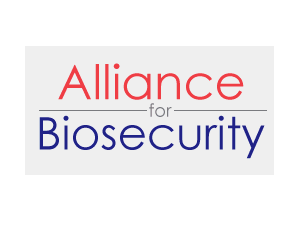


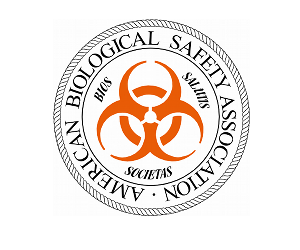
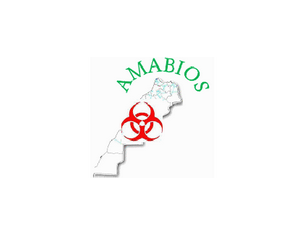
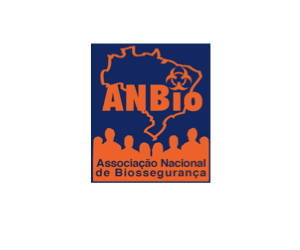


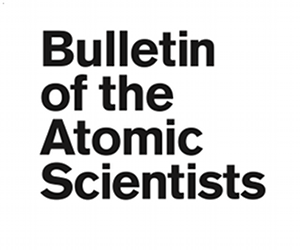
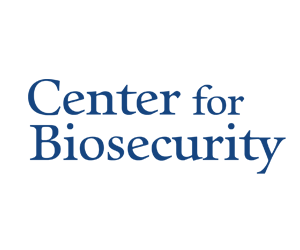
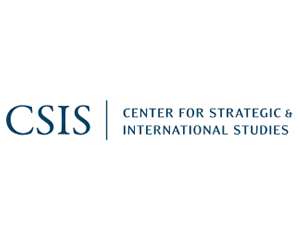

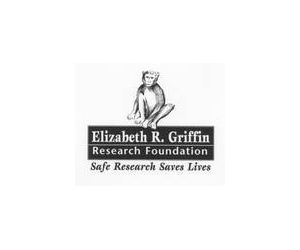

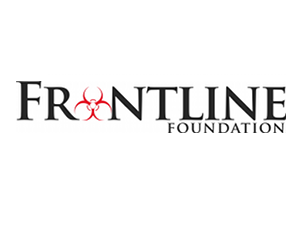

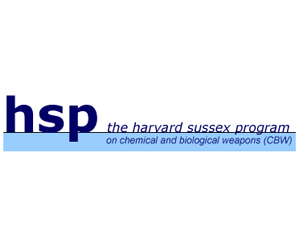
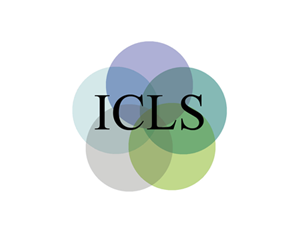


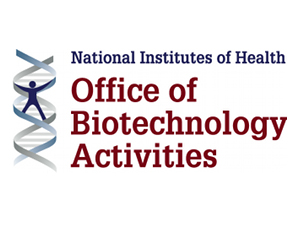
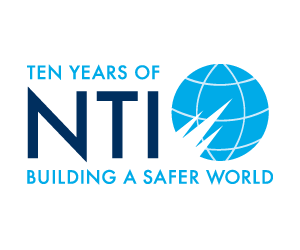

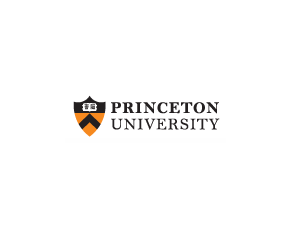

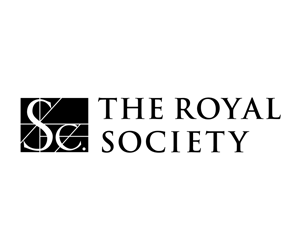

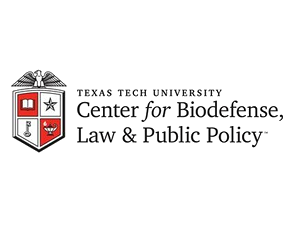
Biosecurity: Limiting Terrorist Access to Deadly Pathogens
“Bioterrorism, once a largely hypothetical threat, became a harsh reality in the fall of 2001 when letters containing a fine powder of dried anthrax spores were sent through the U.S. mail, infecting twenty-two people and killing five. Despite the fact that the attacks involved only about ten grams of powdered anthrax, the ripple effects temporarily disrupted all three branches of federal government, closed down congressional offices and mail processing stations, and frightened millions of Americans. These far-reaching consequences hinted at mayhem that could result from the large-scale release of a “weaponized” disease agent. Although, improved disease surveillance and new vaccines and their therapeutic drugs are clearly needed to combat bioterrorism, it is also essential to make it more difficult for terrorists or criminals to obtain deadly pathogens and toxins.”
By Jonathan B. Tucker
View Document